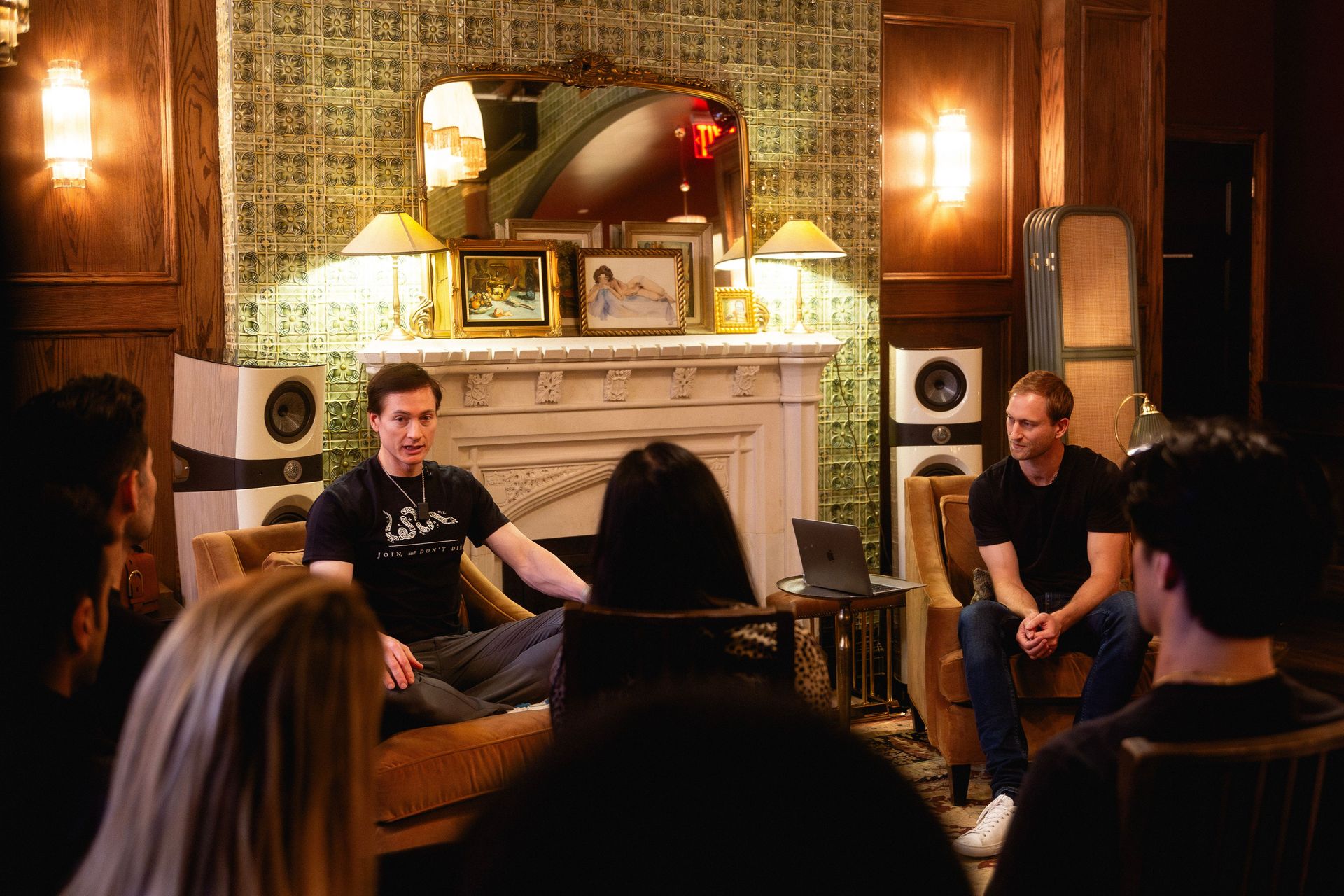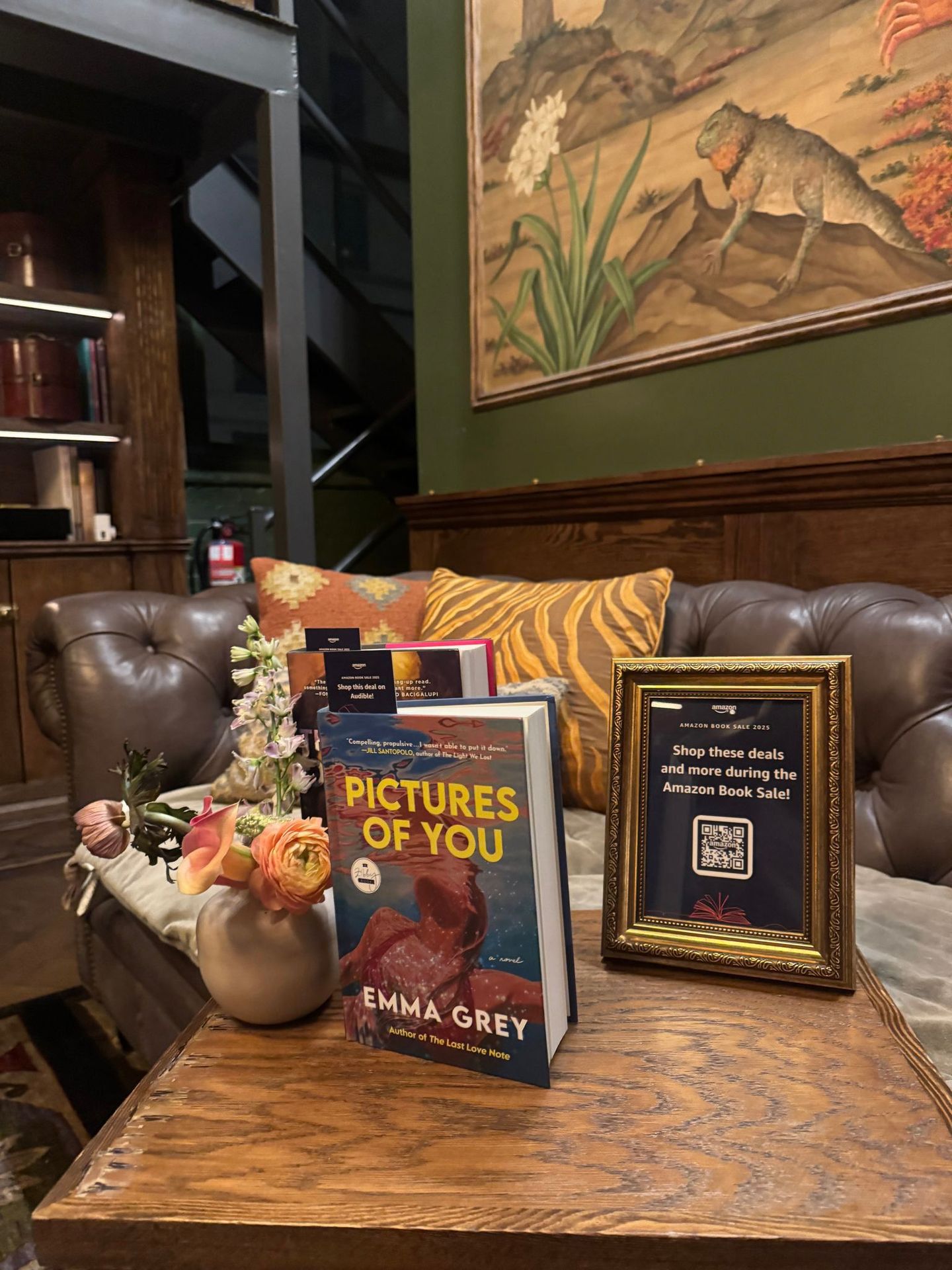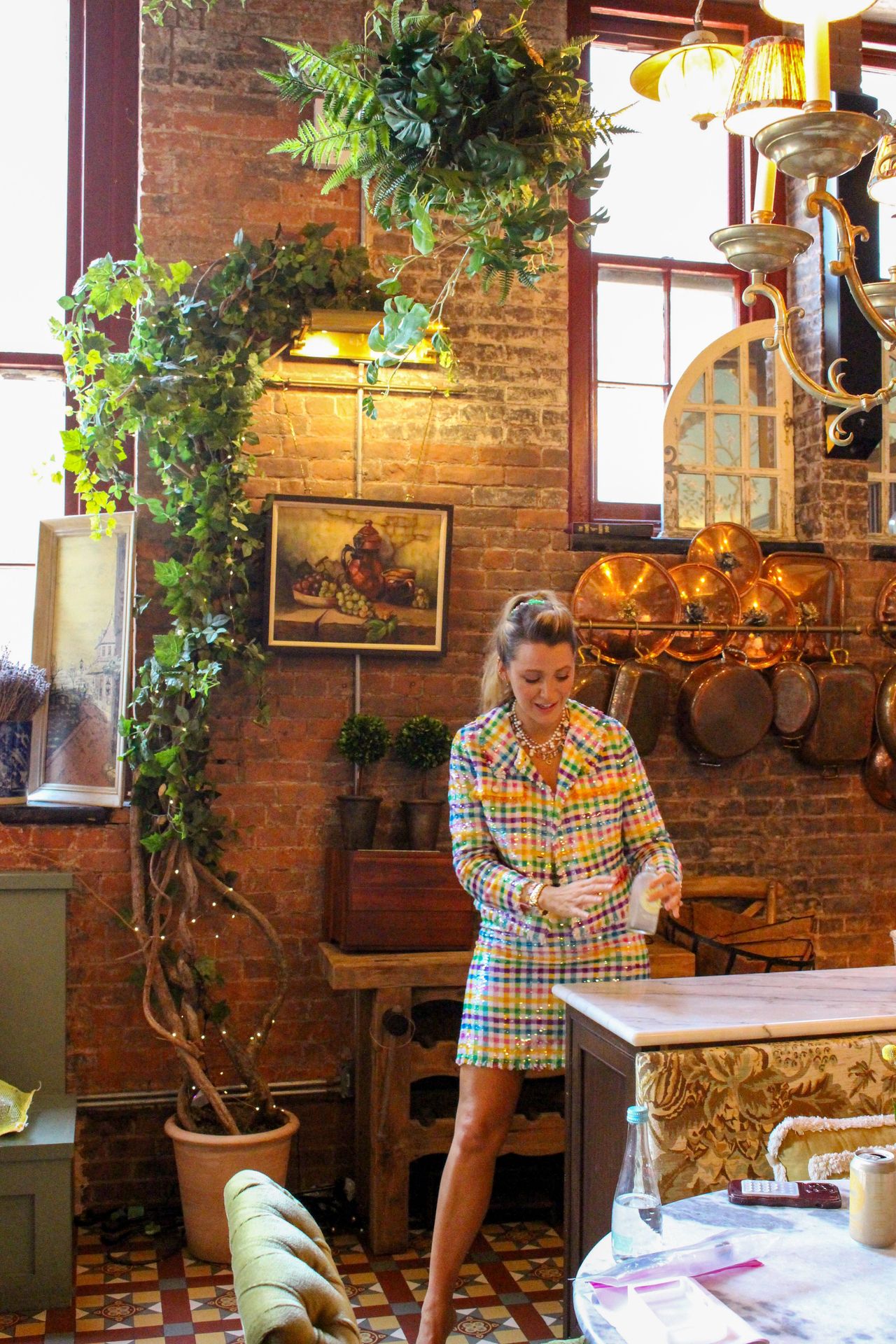Step 4: Create a Compelling Call to Action
A memorable experience is valuable, but it’s not the finish line.
For an activation to succeed, your audience needs a clear next step. That’s where the call to action comes in.
If the goal is more website visits, the CTA should drive traffic directly there.
If the goal is growing your subscriber list, the CTA should encourage sign-ups or downloads.
Whatever the action, it must connect directly to your campaign objectives and be strong enough to inspire people to follow through.
Step 5: Amplify Your Activation
The event itself is only the beginning. To make the most of the buzz you’ve created, you need to amplify it across your marketing channels.
Most activations don’t gain traction solely from the people who attended in person, but from the reach that comes afterward, through social media, press coverage, and word of mouth.
Encourage user-generated content, share behind-the-scenes moments, and lean on interactive campaigns to extend visibility well beyond the room.
For startups especially, amplification can turn a one-off activation into lasting momentum. The more you share, the further your story travels.
CAA’s Tony night at Maxwell showed how a single activation can become shorthand for the season and ripple through press and social.
Bring Your Brand to Life at Maxwell
The right activation inspires emotion, sparks connection, and transforms a brand from something people know into something they feel.
And that’s exactly what Maxwell was built for, a house where ideas become experiences, where brands find a stage, and where every detail sets the scene for unforgettable moments. Whether you’re launching a product, hosting tastemakers, or building cultural relevance, Maxwell offers the canvas. You bring the vision, we’ll help make it live. Book a Tour →


